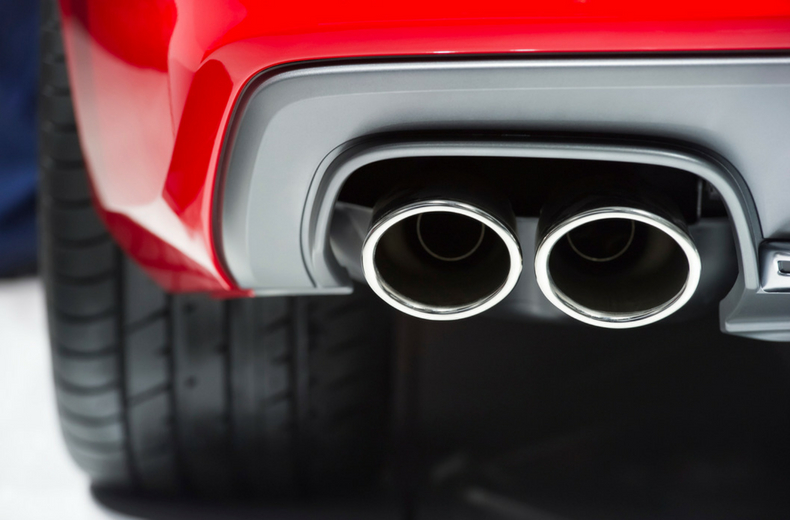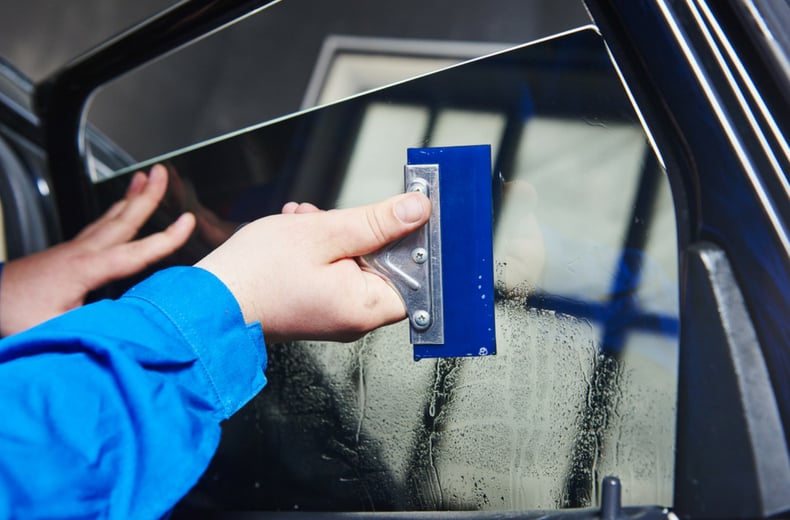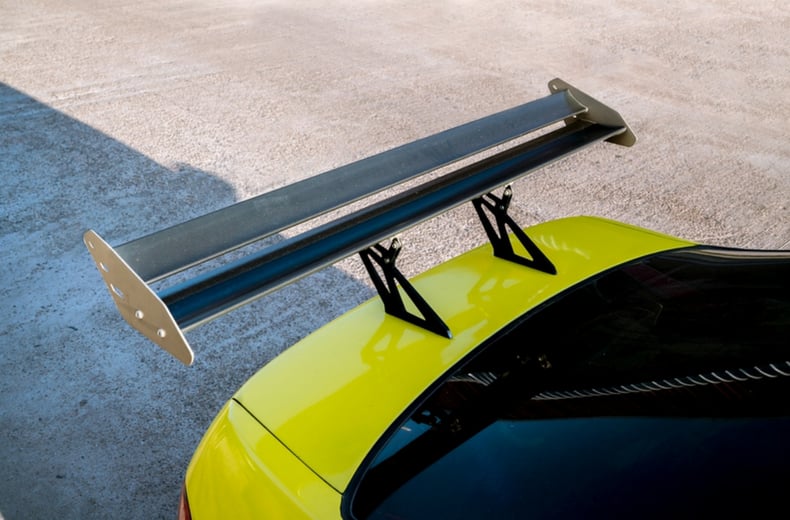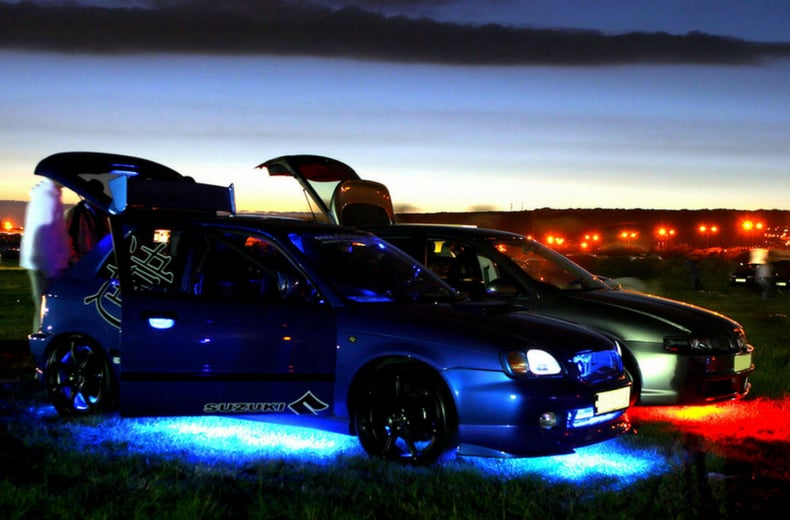What is a car modification?
A car modification is classed as any change made to a vehicle that enhances it in some way and isn’t part of the original manufacturer’s specification. People mostly make modifications to cars to improve their aesthetics or performance.
The most common modifications made to cars include louder exhausts, tinted windows, neon lights, and enhanced sound systems.
With many cars, it’s obvious to tell that they’ve been upgraded but with others it isn’t, so be careful if you buy a second-hand vehicle, as it can invalidate your insurance if you fail to disclose a modification on your policy.
Common car modifications
Let's take a look at some of the more common car mods and investigate what effect they have on the car and whether they are breaking any laws.
Bigger and louder exhausts

Some drivers soup up their exhausts to boost the sound of their car’s engine, but this can be a public nuisance.
Most big-bore and sports exhausts are not legal on public roads in the UK due to their excessive noise levels and extra emissions.
Drivers caught with an excessively noisy exhaust may receive an on-the-spot fine of £50, and could have their car taken off the road until the offending exhaust is removed.
Filters and turbos are permitted but the car must pass an MOT emission test.
Tinted windows

Tinted windows are legal as long as they meet certain criteria – drivers could be breaking the law if they go too dark or tint the wrong windows.
There are no restrictions when it comes to tinting rear side windows and the rear windscreen, but limits apply to tinting the front side windows and front windscreen.
By law, the front windows have to let a minimum of 70% light through, and a minimum of 75% through the windscreen. This is to ensure visibility isn’t obscured.
Motorists who fail to comply with these rules could be served with a prohibition notice, meaning they won’t be able to use their car until the tints have been removed. In extreme cases, a penalty notice or even a court summons could be issued.
Huge spoilers

The main appeal of spoilers is to give a car a sportier appearance and provide better handling when travelling at high speed.
A spoiler must be securely fitted to the bodywork to make sure it won’t detach when being driven. It shouldn’t have any dangerously sharp edges or obstruct the driver’s view.
Neon lights

Ever mistaken blue lights on a modified car for an emergency vehicle? Neon lights can be a nuisance, and they’re almost exclusively illegal when fitted on regular cars.
The law states that only white lights can be fitted to the headlights at the front and red lights to the back of the car. Any other colour is not allowed. Tinting of these lights is also not permitted as it reduces the amount of light emitted.
Flashing lights are only allowed on emergency or recovery vehicles, while green lights can only be fitted to medical practitioners’ vehicles.
Neon lights can be fitted underneath a car, although the tubing must not be on show as this is also illegal.
Comments
Post a Comment